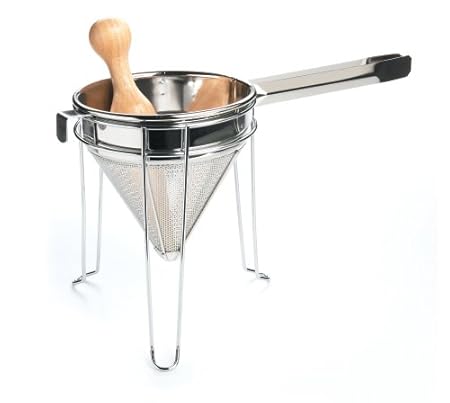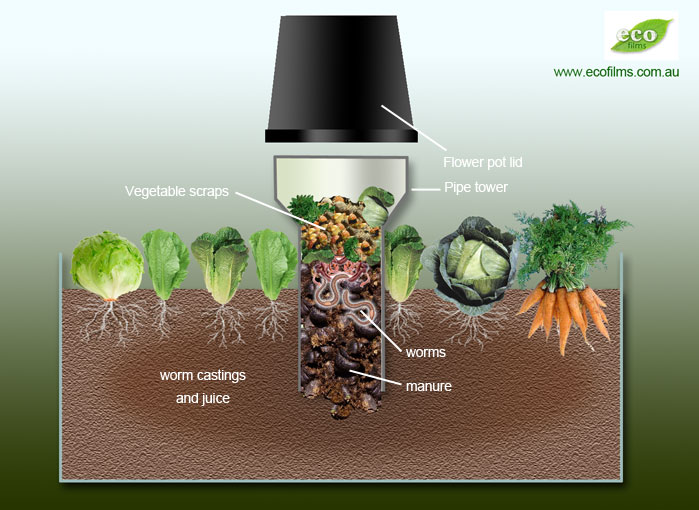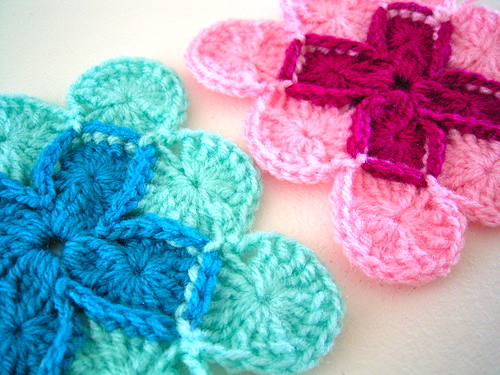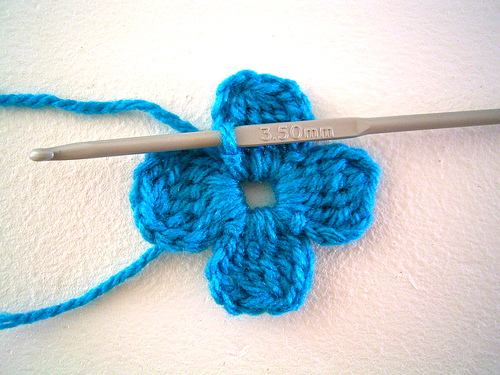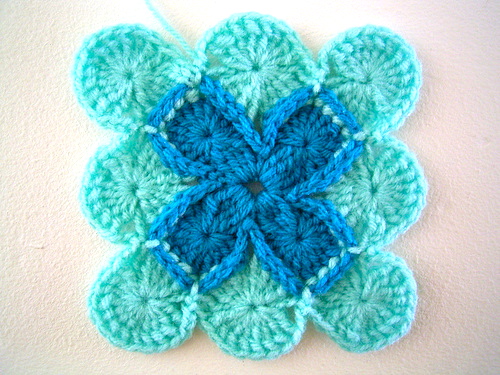Free Homemade Dog Food Recipe: Beef and Sweet Vegetables
04/30/2013 -
http://www.k9instinct.com/1/post/2013/04/free-homemade-dog-food-recipe-beef-and-sweet-vegetables.html
http://www.k9instinct.com/1/post/2013/04/free-homemade-dog-food-recipe-beef-and-sweet-vegetables.html
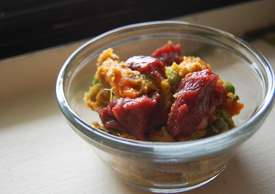
A homemade dog food diet is an excellent, healthy alternative to commercial kibble. Homemade dog food
can help promote health and well being in your four-legged family
members by providing real food, wholesome nutrition and freshness you
simply cannot get with kibble diets. Making your own dog food is easier
than you think, and can also be quite inexpensive! Purchasing your meat
on sale and buying bagged frozen vegetables will be cheaper than buying a
high quality kibble!
This free homemade dog food recipe is balanced and complete to AAFCO (Association of American Feed Control Officials) standards. A complete whole food multivitamin is ESSENTIAL to every homemade recipe to replace any nutrients lost in the cooking process. To get my entire collection of balanced homemade dog food recipes, check out my Homemade Dog Food Recipe eBook!
This free homemade dog food recipe is balanced and complete to AAFCO (Association of American Feed Control Officials) standards. A complete whole food multivitamin is ESSENTIAL to every homemade recipe to replace any nutrients lost in the cooking process. To get my entire collection of balanced homemade dog food recipes, check out my Homemade Dog Food Recipe eBook!
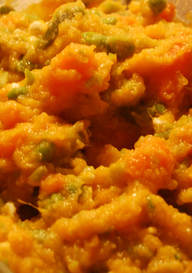
Beef and Sweet Vegetables
INGREDIENTS
DIRECTIONS
INGREDIENTS
- 550g boiled beef liver
- 1 cup unsweetened applesauce
- 1 cup of boiled sweet potato
- 1/2 cup of boiled green beans
- 1/2 cup of boiled peas
- 1/2 cup of boiled carrots
- 1/4 cup of 2% fat cottage cheese
- 2 tablespoons of extra virgin olive oil
- 1 1/2 scoops of Nupro Gold Supplement
DIRECTIONS
- Chop the beef liver into small pieces and boil until cooked. (Do not overcook!)
- Boil sweet potato, green beans, peas and carrots until tender.
- In a large bowl add the sweet potato, green beans, peas, carrots, applesauce, cottage cheese and extra virgin olive oil. Mash it all together and mix well.
- Add the boiled beef liver to the mash, mix it in.
- When the food cools, add 1 1/2 scoops of the Nupro Gold supplement.
- Serve!
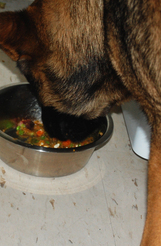 FEEDING GUIDE FOR THIS MEAL
FEEDING GUIDE FOR THIS MEAL- 10 lbs - 208g a day
- 20 lbs - 350g a day
- 40 lbs - 589g a day
- 60 lbs - 798g a day
- 80 lbs - 991g a day
- 100 lbs - 1172g a day
Conversion for grams to cups:
Conversion Chart / Table
| gram to cups Conversion Chart / Table: | cups to grams Conversion Chart / Table: | ||
| g = c
1.0 = 0.00423 2.0 = 0.00845 3.0 = 0.01268 4.0 = 0.01691 5.0 = 0.02113 |
gram
= cups 6.0 = 0.02536 7.0 = 0.02959 8.0 = 0.03381 9.0 = 0.03804 10 = 0.04227 |
c = g 1 = 236.58824 2 = 473.17647 3 = 709.76471 4 = 946.35295 5 =1182.94118 |
cups = grams 6 =1419.52942 7 = 1656.11766 8 = 1892.7059 9 =2129.29413 10=2365.88237 |
Want more balanced and complete recipes? Check out my eBook: Homemade Dog Food Recipes
Don't forget to like K9 Instinct on Facebook to get new blog article updates and other dog tips!
Angel
K9 Instinct
www.k9instinct.com



